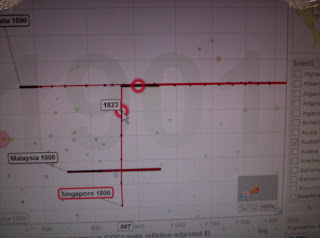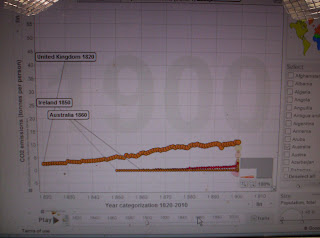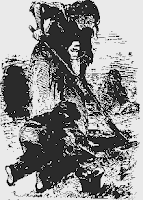To Gladstone's Success, and Disraeli's Fall
Ladies and Gentlmen, today has become a special day for our beloved Mr. Gladstone. Mr. Gladstone has been contributing so much to his most respect Liberal party and to the Parliment, and now his contribution has been repaid. I want to congratulate Mr. Gladstone for his grand winning of the prime minister election, as well as Mr. Disraeli and his Tory goverment's crushing defeat. As all of you have know, Mr. Gladstone and Mr. Disraeli are great rivals with each other. They are two completly different figure in their policies, as well as their character. Mr. Gladstone, a well educated man raising from a prosperous family, and Mr. Disraeli, a dandified, extravagant man with poor education. Mr. Gladstone has been a reputable man ever since he involved in politic in 1832, while mr. Disraeli was as disreputable as a man could be, and only has a slightly improvement after married with a rich widow. For all I knew about Mr. Gladstone, he had been a very respectable man. He had contributed to British's forgein policies to other nations, and to the competition with other mighty empire in Europe. He had been a protagonist of an ethical foreign policy which require discussions with some of Britsih's interest. However, Mr. Gladstone possess a extraordinary skill of debate. His style of debating is very eloquent, evangelical, vehement and 'preachy'. Unlike Mr. Gladstone, Disraeli's style of debate is very cynical, and witty, often with a streak of flattery and arrogance. Disraeli has no specail gift except for his flattery, which help him greatly in taking a place in the Queen's mind. It is indisputable that Disraeli is an arrogant and flattery hypocrite. I am very greatful for his fall in the election. Again, I congratulate Mr. Gladstone for winning the election. Thank you everybody.
Reflection- Which main topic does this artifact relate to? In what way? This topic is mainly about comparing William Gladstone and Benjamine Disraeli, two significant British politics and prime minister.
- Why did you choose this artifact, and how much time did you spend on creating the artifact? The reason I choose to support Gladstone is mainly because there is more good points in attacking Disraeli than Gladstone. I spend about 1-2 hours on this artifact.
- What understanding have you gained from the creation process of this artifact? I have learned about the compare and contrast between Gladstone and Disraeli, as well as their significant achievments. I also learned about the huge chasm between Gladstone and Disraeli.
- Does this artifact reflect your best work and ideas? Why or why not? Yes, I have analysised Disraeli and Gladstone, and have make the best use of language in order to support and attack one another.
- Any additional comment? Before the speech, I have observed many arguements between the politics in Taiwan, and learned about the way they attack each others.
- Quality of your portfolio (4)
- Level of enjoyment (5)
- Learning (5)
- Level of creativity and originality (5)











































